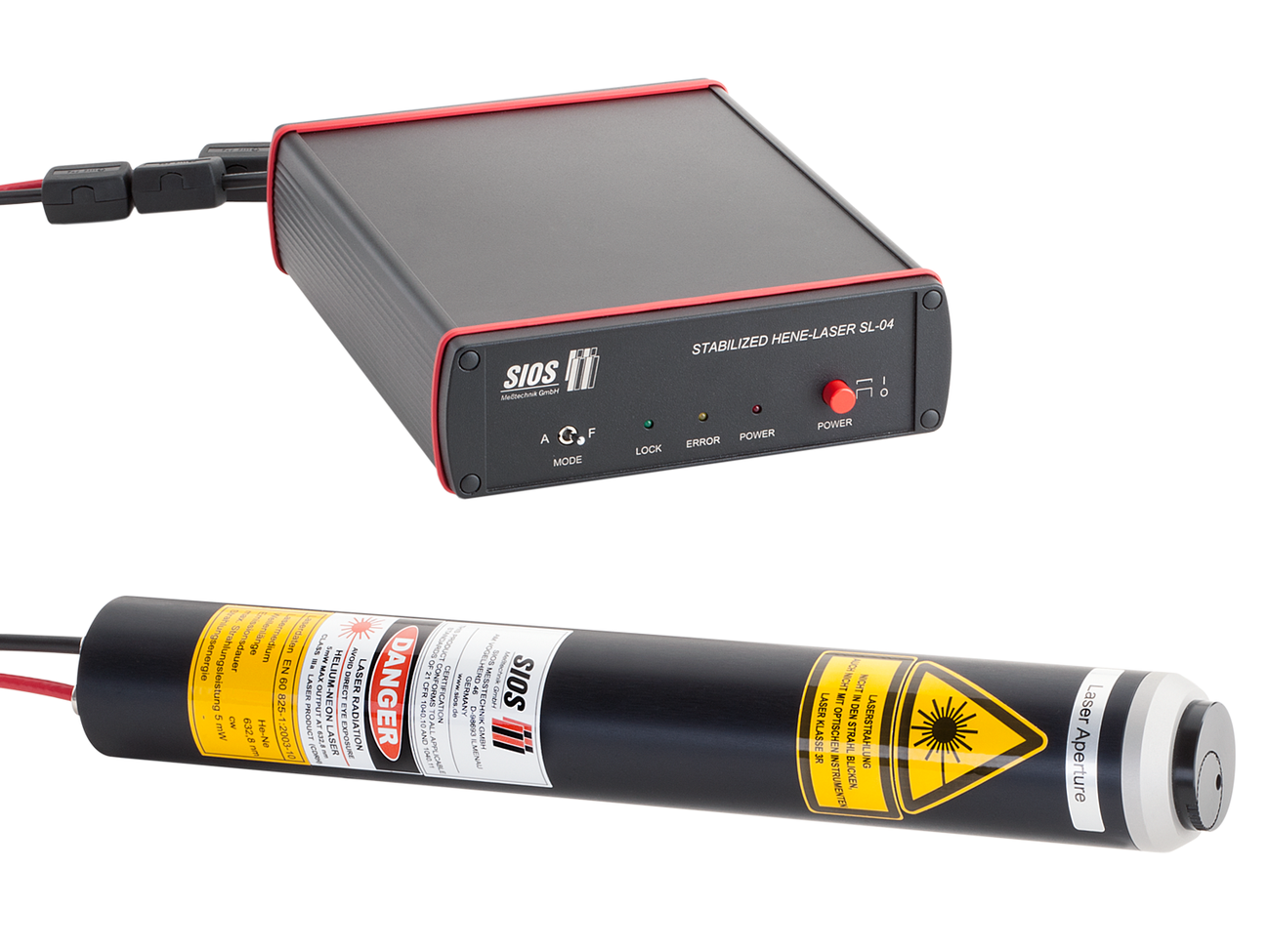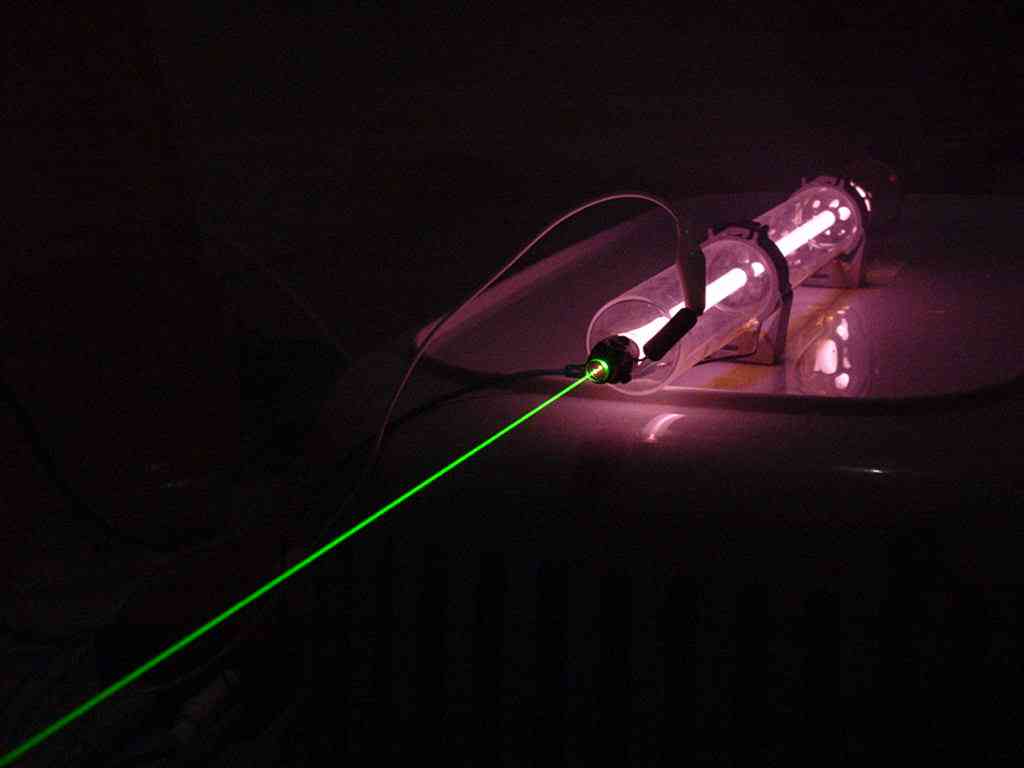Contents

Source: SIOS Meßtechnik GmbH
<>
Helium-Neon Lasers: A Comprehensive Overview
Introduction
Helium-neon (He-Ne) lasers are a common type of gas lasers that operate continuously. They were the first gas lasers demonstrated back in 1961. These lasers emit red light at 632.8 nm with good beam quality and are typically used at power levels of a few milliwatts.
Operation and Components
He-Ne lasers consist of a mixture of helium and neon gases in a glass tube, usually around 15-50 cm long. A DC current is passed through the gas mixture via electrodes to create an electric discharge. The laser resonator is formed by mirrors at each end of the tube, with Brewster windows to ensure linear polarization of the output beam.
Working Principle
In the gas discharge, helium atoms are excited to metastable states and transfer energy to neon atoms, leading to laser transitions. The most common emission is at 632.8 nm, but other wavelengths like 1.15 μm, 543.5 nm, 594 nm, 612 nm, and 3.39 μm are also possible.
Characteristics and Applications
He-Ne lasers have a narrow gain bandwidth, resulting in few-mode oscillation or stable single-frequency operation. They are known for their long lifetime and are used in applications such as alignment, interferometry, and optical frequency standards. However, they are being replaced by laser diodes due to cost and size advantages.
Conclusion
Despite being one of the earliest gas lasers, helium-neon lasers continue to find applications in various fields. Their unique characteristics make them valuable in specific niche areas, although advancements in laser technology have led to the adoption of more efficient alternatives in many applications.

Source: The Big Bang Theory Wiki – Fandom
Feel free to comment your thoughts.



